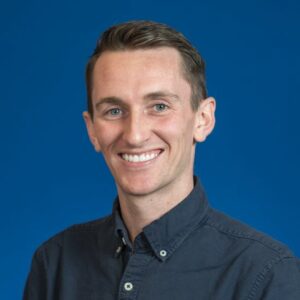
Longitudinal neighborhood socioeconomic trajectories and physical activity: Evidence of partial mediation by perceived park availability
Abstract Overview
Background: Emerging research on the life course of place prompts consideration of how neighborhood socioeconomic status (SES) histories shape contemporary built environments and resulting inequities in physical activity.
Purpose: The purpose of this study was to examine the effects of longitudinal neighborhood SES trajectories on physical activity and to examine mediation by perceived park availability.
Methods: This United States-based study used data on a subset of urban-dwelling participants in the REasons for Geographic And Racial Differences in Stroke Study (n = 7,342 Black and White adults ages > 45 years). Longitudinal neighborhood SES was characterized using Census data at three points (2000, 2008-2012, and 2013-2017). Self-reported park availability and physical activity were collected in 2013-2016. The International Physical Activity Questionnaire was used to characterize the metabolic equivalent of tasks (METs) in minutes per week. Mediation analyses quantified direct, indirect, and total effects.
Results: For REGARDS participants, the chance of engaging in at least 1000 MET-minutes/week went up by 3.7% (95% CI: 1.3-6.2) when exposed to neighborhoods consistently characterized as high SES. About 13.1% of the total effect was mediated by perceived park availability (95% CI: 0.8-25.3). Among participants who lived in a neighborhood ever characterized as low SES, prevalence estimates showed 36.9% of participants perceived a lack of parks as a problem in their neighborhood compared to 19.5% of those who lived in a neighborhood consistently characterized as high SES (p<0.001).
Conclusions: Place-based perpetuation of neighborhood SES in the United States may help explain inequities in meeting physical activity recommendations—in part through perceived park availability.
Practical implications: Promoting physical activity requires an equity-centered approach that accounts for temporally proximate neighborhood socioeconomic histories and their contribution to contemporary perceptions of park availability.
Funding: National Institutes of Health: RF1NS127606-01, R01NS092706, and U01NS041588.
Additional Authors
Name: Leah Robinson
Affiliation: School of Kinesiology, University of Michigan, Ann Arbor, MI, USA
Presenting Author: no
Name: Rebecca Hasson
Affiliation: School of Kinesiology & Department of Nutritional Sciences, School of Public Health, University of Michigan, Ann Arbor, MI, USA
Presenting Author: no
Name: Suzanne Judd
Affiliation: Department of Biostatistics, University of Alabama at Birmingham, Birmingham, AL, USA
Presenting Author: no
Name: Philippa Clarke
Affiliation: Institute for Social Research & Department of Epidemiology, School of Public Health, University of Michigan, Ann Arbor, MI, USA
Presenting Author: no
Name: Natalie Colabianchi
Affiliation: School of Kinesiology & Institute for Social Research, University of Michigan, Ann Arbor, MI, USA
Presenting Author: no

